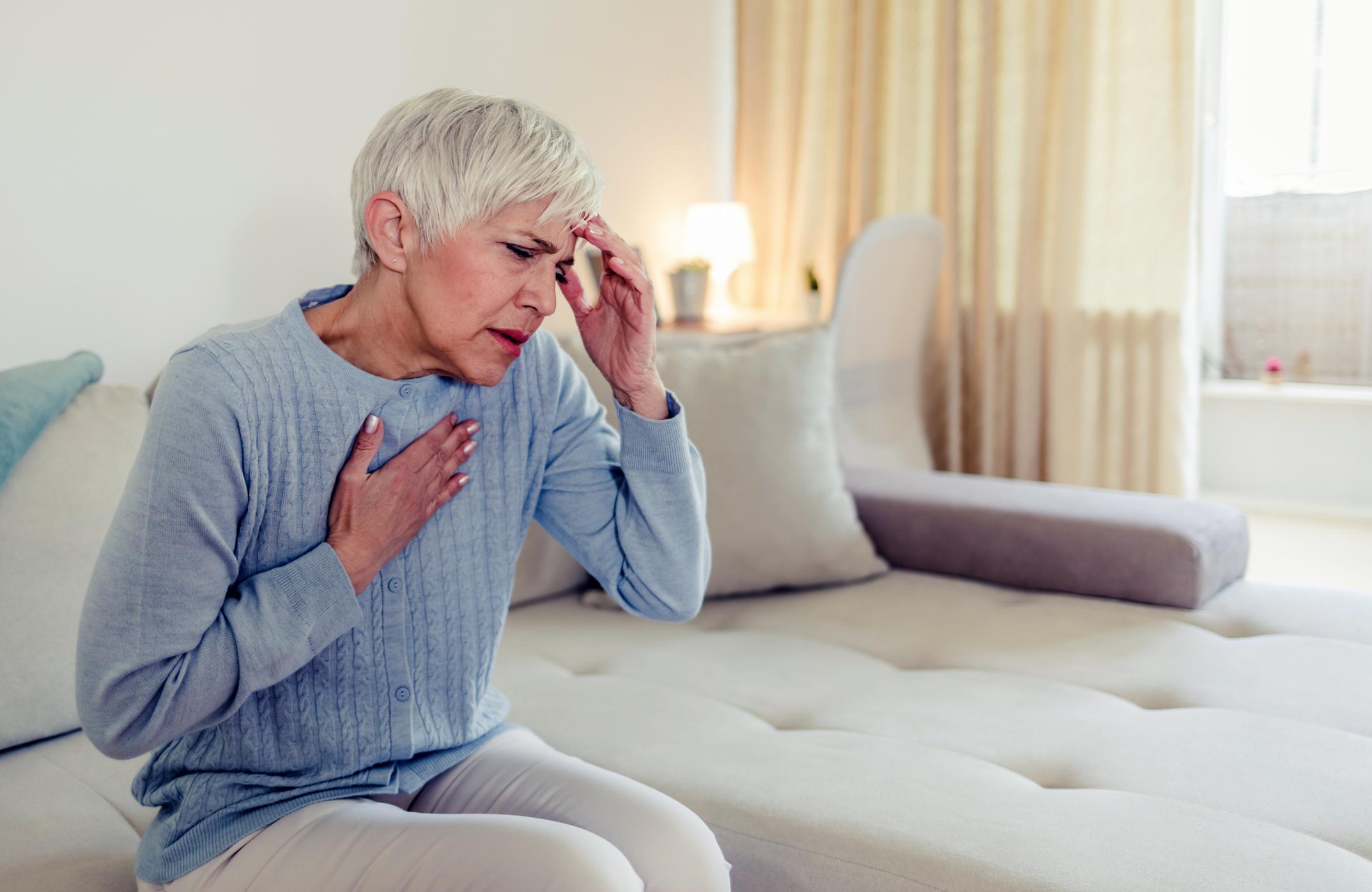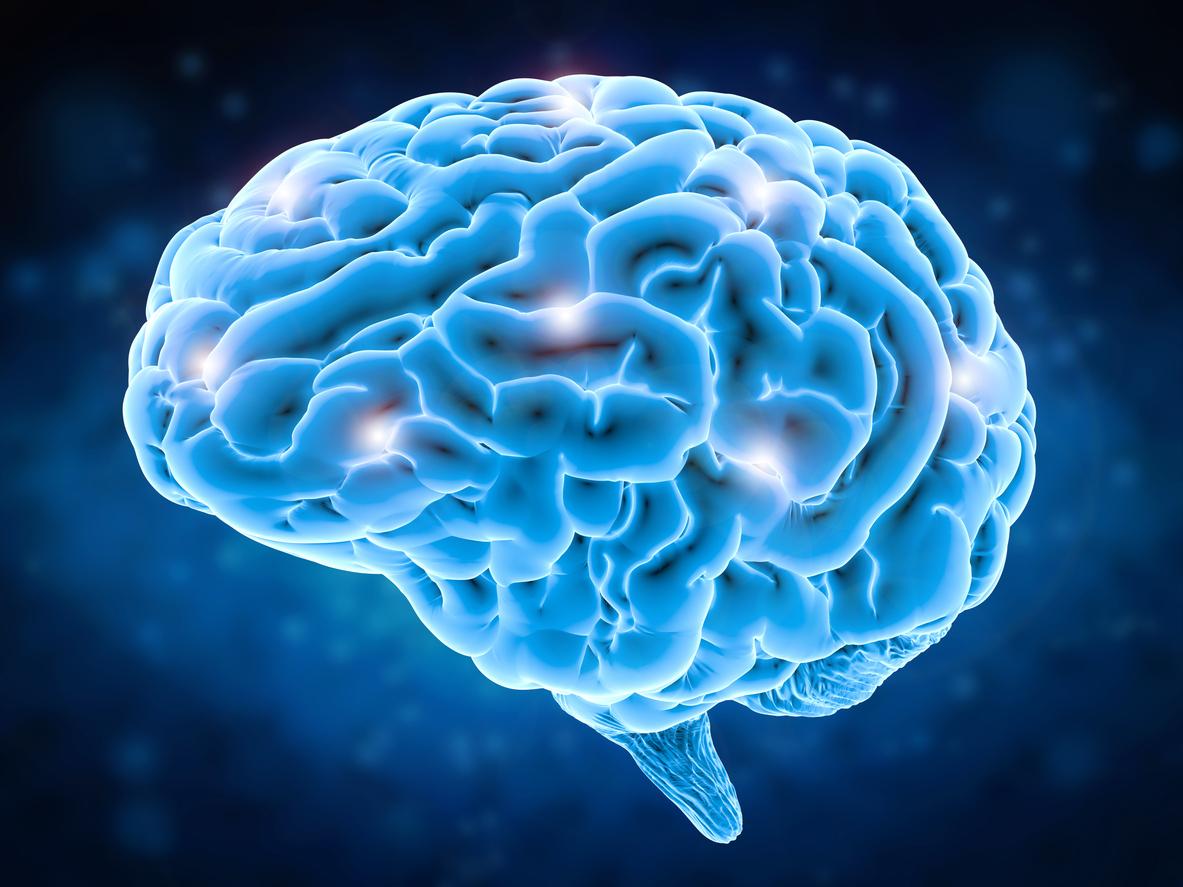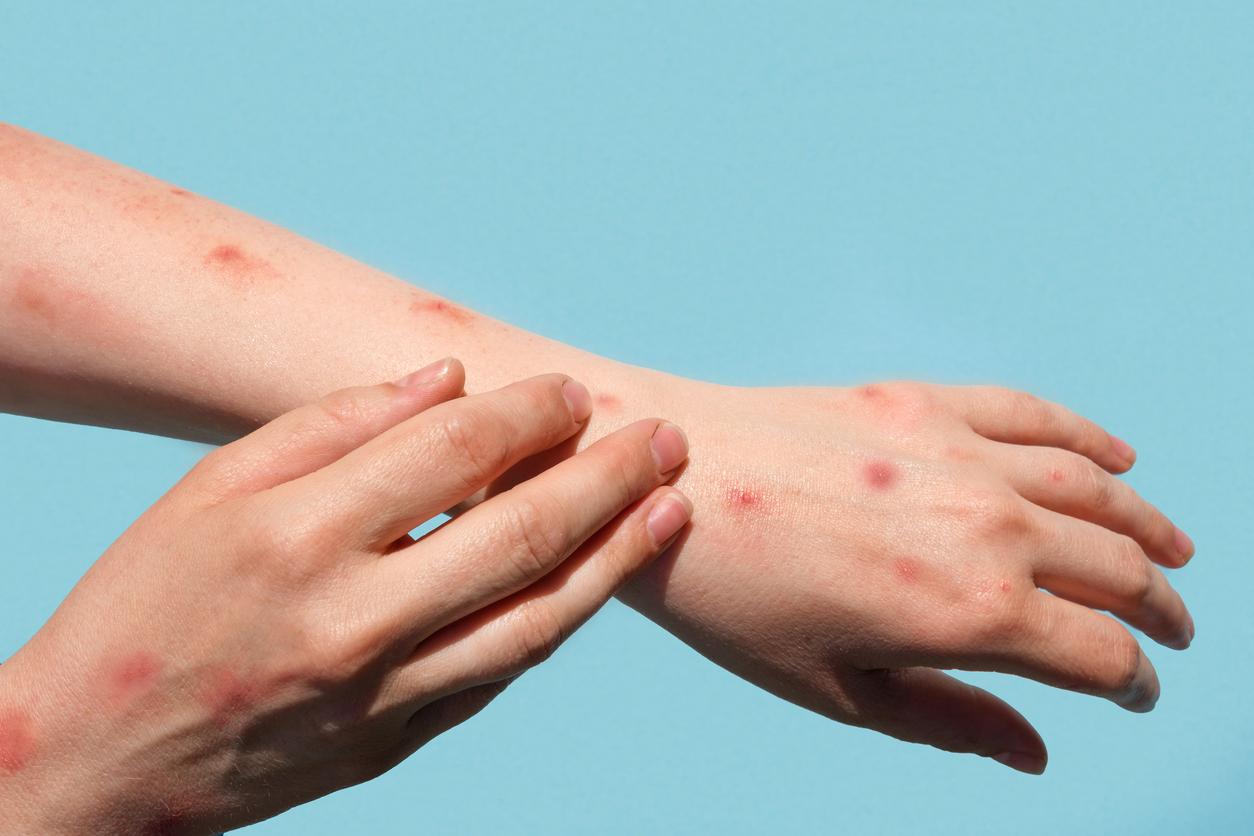For some people, fall coincides with the onset of seasonal depression. Depending on gender, age or history, the risk of suffering from it varies from one individual to another.

- Symptoms of seasonal depression last between four and five months.
- Summer seasonal depression also exists, but it is much less common than its winter form.
The leaves are falling, the days are getting shorter and the temperatures are dropping: there is no doubt that autumn is setting in. This new season causes various effects in individuals, when some adore it, others fall into seasonal depression. Also called “seasonal affective disorder”, this pathology is caused by the decrease in natural light, linked to the season. According to scientists, the lack of sunlight causes a drop in serotonin levels in humans, which generates mood disorders or even depression.
How to recognize seasonal depression?
“It can sometimes be difficult to differentiate seasonal affective disorder from other types of depression.warns Jeannie Larson, a professor at the University of Minnesota, in a article. But seasonal depression is characterized by its period of onset and its recurrence: the diagnosis is made after two consecutive episodes, which start and end at the same times of the year. Those affected may suffer from anxiety, social disorders, sleep and mood disorders, they may also have a transformed relationship to food marked by weight gain. Some people feel a form of lethargy, a great fatigue that prevents them from carrying out their daily activities normally.
Who is at risk for SAD?
According to Jeannie Larson, about 5% of the American population suffers from seasonal depression, but the figure reaches 10% in the most northern regions of the country. Women are also more at risk: they have higher rates of seasonal depression, according to the specialist. The pathology concerns adults: the first symptoms generally appear between the ages of 20 and 30. the National Institute of Mental Health, an American organization specializing in mental health, also points out that people with bipolar disorder or major depressive disorder are at greater risk of developing seasonal affective disorder. The latter is alsomore common in people who have loved ones with other mental illnesses, such as depression or schizophrenia“.
What are the consequences of the pandemic on seasonal depression?
These last years, marked by the pandemic linked to Covid-19, have also had consequences on mental health, and therefore on our risk of suffering from seasonal depression. For Jeannie Larson, it is possible that the pandemic will bring up cases of seasonal affective disorder. “The preliminary symptoms of seasonal affective disorder could exacerbate anxieties related to Covid-19, which would make individuals less able to manage these situations, compared to the pre-epidemic period, details Jeannie Larson. In other words, the symptoms could get worse as winter sets in, when the person is already feeling stressed by the pandemic, worsening their feelings of being stressed, isolated or anxious..” But seasonal depression can be treated, and in case of symptoms, it is important to talk about it with a health professional. The most common treatments are antidepressants, psychotherapy, light therapy and vitamin D cures.


















